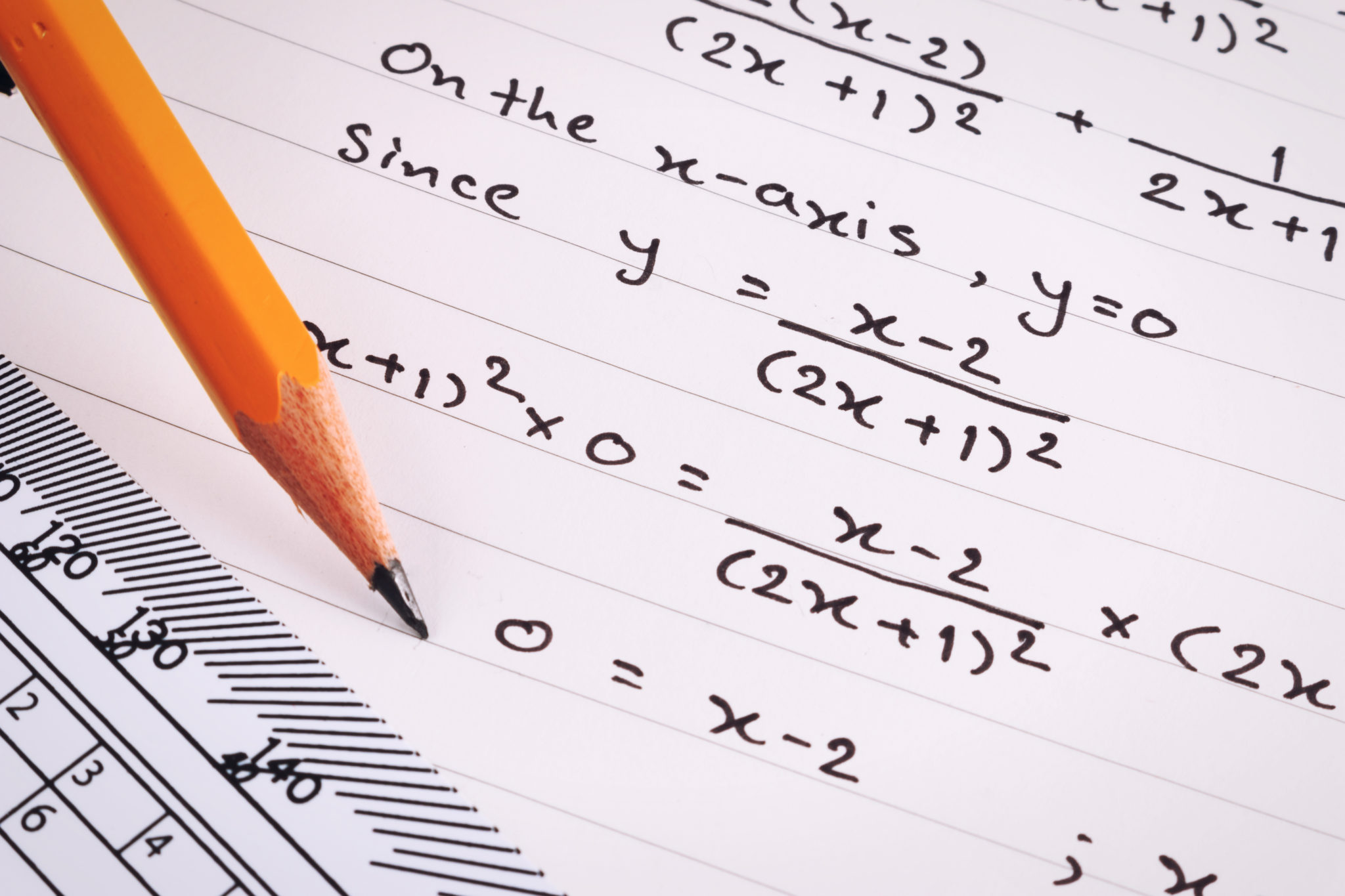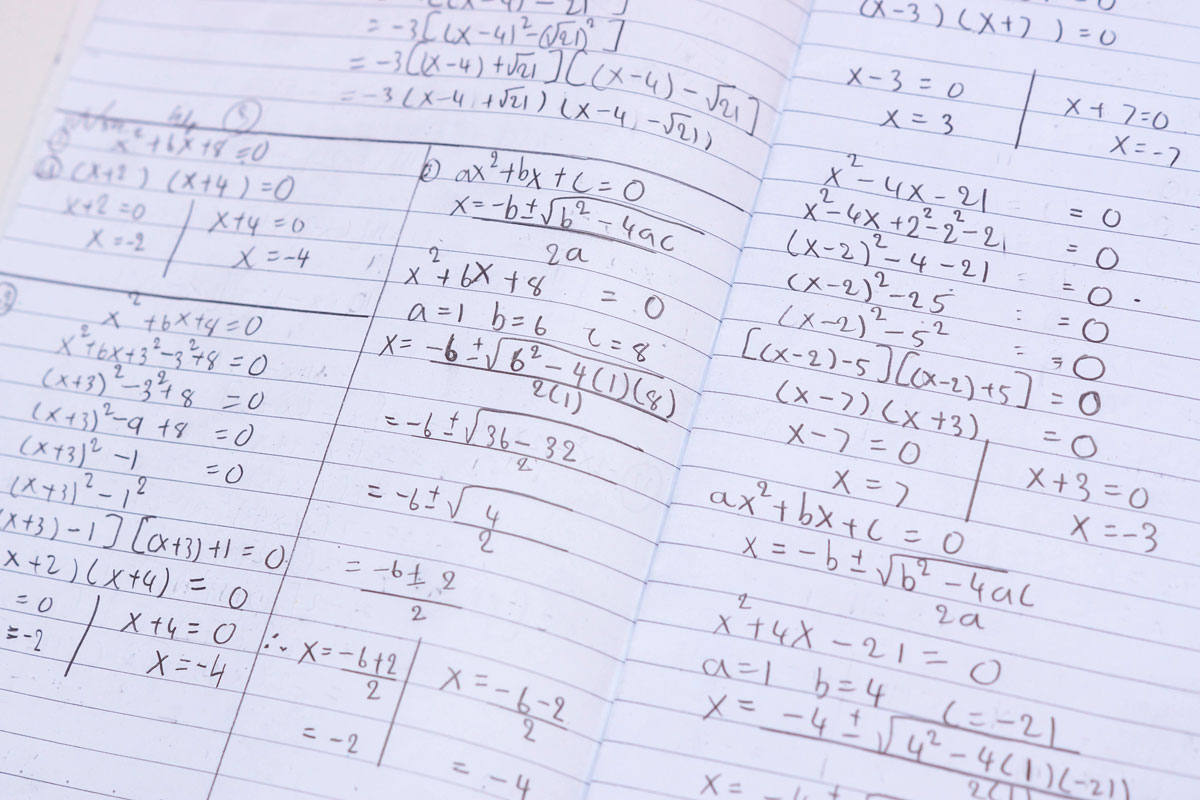3 SAT Math Mistakes That You Never Stop Making
By The Edge Learning Center
(Published on 24 Nov 2021)

There’s a reason that the SAT’s math questions seem so much more devious than other exams. As a standardized test, the SAT has to play the role of the great equalizer in the college application process. How can this be done? Well, by writing the questions in such a way that catches out test-takers who didn’t sleep well the night before, or who rush through the questions, or who are a little too confident in their mental math abilities… you get the picture.
So, aside from the usual pieces of advice – backsolve, write out every step, underline any key terms you see in word problems – let’s also take note of the following ways in which SAT test-takers get caught out:

1. Giving an Answer in the Wrong Units
Ever painstakingly worked out the answer to a complicated Proportions question about speeds, distances, and times, only to get the question wrong? No, you didn’t miscalculate anything. Instead, you just didn’t give your answer in seconds like the question asked. Or maybe it was a question to do with lengths, and you gave your answer in inches when the question wanted feet. These mistakes are often associated with word problems, where the satisfaction of successfully finishing every step of the calculation means that test-takers often feel “good” about that question and neglect to double-check if they were using the right units.

2. Find 𝑥+3, not 𝑥
By the time it’s time to take the SAT, high school students have spent years solving for 𝑥 in math class. Imagine running into a question that asks you to solve for 𝑥 and change! Sadly, this is a favorite trick of the SAT’s – it uses the familiar routine we build in math class against us, even when the question clearly states that we need to solve for 𝑥+3, or 𝑥-8, or 2𝑥-5 , and so on…
3. Positives and Negative Values
Consider formulas like the one for circles graphed on the coordinate plane: (𝑥 – ℎ)² + (𝑦 – 𝑘)² = 𝑟². Here, (ℎ, 𝑘) are the coordinates for the center of the circle, and not (-ℎ, -𝑘). Still, that doesn’t stop students every year from stating that (-1, -2) are the coordinates for the center of a circle with an equation of (𝑥 – 1)² + (𝑦 – 2)² = 36. Now, if you’re scratching your head wondering why (-1, -2) is the wrong answer, that is as good a sign as any that you should come in for some test prep with us at The Edge. By the way, the right answer should be (1, 2)!
About The Edge
The Edge Learning Center is Hong Kong’s premier Test Preparation, Academic Tutoring, and Admissions Consulting services provider. Founded in 2008, The Edge has helped thousands of students improve their ACT and SAT scores as well as their IB and AP grades. The AC team has just finished off another successful period in which students gained acceptance to schools such as MIT, UChicago, Columbia, and more! Check out the rest of our 2020-2021 Admissions Results!

